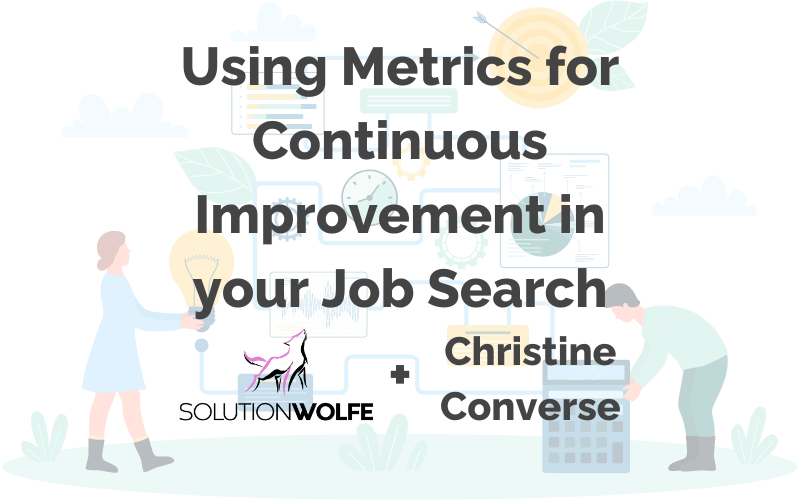Is agile becoming a commodity?

Do you ever find yourself with so many thoughts on a topic that you could write a short novel? Well, that's how I feel about this particular topic. I'm thrilled that it was chosen because it has sparked a lot of questions for me lately. The word "agile" is starting to get a bad reputation, and I've even made an effort to remove it from my vocabulary as much as possible. But before we dive in, let's make sure we're on the same page about what agile means for the sake of this blog post since there are so many different definitions out there.
What is agile?

In effort to reducing complexity, definition #1 works perfectly! If you lean towards definition #2, I argue you need definition #1 to make it possible. So how can the ability to move quickly and easily become a commodity (something that everyone can do)?
Let's face it, everything evolves. Just look at power. When you go to a restaurant, do you pay extra to sit in a room with power? Probably not, because power is everywhere now. It has become a commodity in many industries. But that doesn't mean power has gone away - it's just become more accessible. The same thing is happening with agile at the software delivery team level. It's becoming a commodity because it's becoming more widely available in the market.
You can actually visualize this using a tool called Wardley Mapping. Wardley Mapping is a visual tool used to help with decision-making and strategy. It was created by Simon Wardley, a thought leader in strategy and innovation. The map allows strategy leaders and decision makers to diagram the components of a system or process in order to identify the underlying enabling structure and relationships between the components. This can be used to better understand complex situations, as well as anticipate changes and plan for future development strategically. It simplifies understanding by identifying significant components, their relative positions and relationships in terms of the value chain and extended value streams. By using this method, it is possible to visually represent how components interact to create value, leading to more effective decision making and strategic planning. If you're eager to delve into the world of Wardley Mapping, I highly recommend exploring the courses available on Learn Wardley Mapping. This is where I honed my own knowledge of Wardley Mapping and had the pleasure of collaborating with founder Ben Mosior on better ways to facilitate strategy sessions so you can aggregate the learnings that drive your Wardley Map.
*you can get a 10% discount if you purchase from Learn Wardley Mapping through this link, and we receive a small commision, at no cost to you.
In the example below (clickable example: https://onlinewardleymaps.com/ ), you can see that the kettle is enabled to move faster to the right in maturity as power moves in evolution to a commodity. As the capability of the need is moved to the right, it enables the ability for need fulfillment to move faster to the right as well. 
This is what is happening with the ability to move quickly and easily (agile) starting at the delivery team level. At the delivery team level folks are able to move quickly. If the delivery team level is the top level of the organization (who makes the decisions on what to invest in, position and sell to drive revenue) then you are at least organized in a way that does not create dependencies on delivering value. The reality is that most organizations are not structured this way and must operate at scale. As more organizations chase after the ability to persist or pivot as the market changes, it can be seen that the skills, process and and tools that support those ways of working need to be enabled to move to the right on the Wardley Map.
This ongoing market shift signifies a growing accessibility and standardization of methods that empower delivery teams to move swiftly and effortlessly. Moreover, as competition intensifies among providers of agile team-level training and staffing, this further contributes to the commoditization trend as companies strive to differentiate themselves through innovative services or competitive pricing. Ultimately, this trend leads to a widespread adoption and increased accessibility of agile practices at the team level across organizations worldwide. With that being said, businesses that sell products and services would greatly benefit from embracing more collaborative and customer-centric approaches, bridging the gap between 'agile' delivery teams and the voice of the customer to deliver value more rapidly. This aspect still remains a challenge for many organizations.
For fun, I've created a quick visualization that delves into the high-level aspects that affect an organization's ability to be move quickly and easily at scale. Is there anything you believe worth mentioning that is not currently represented on the map? Or perhaps there are unexpected elements that have caught your attention? I would be delighted to hear your thoughts and insights on this.
If you enjoyed this article and want to learn more, subscribe to the solution tea newsletter!

 By
By
